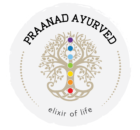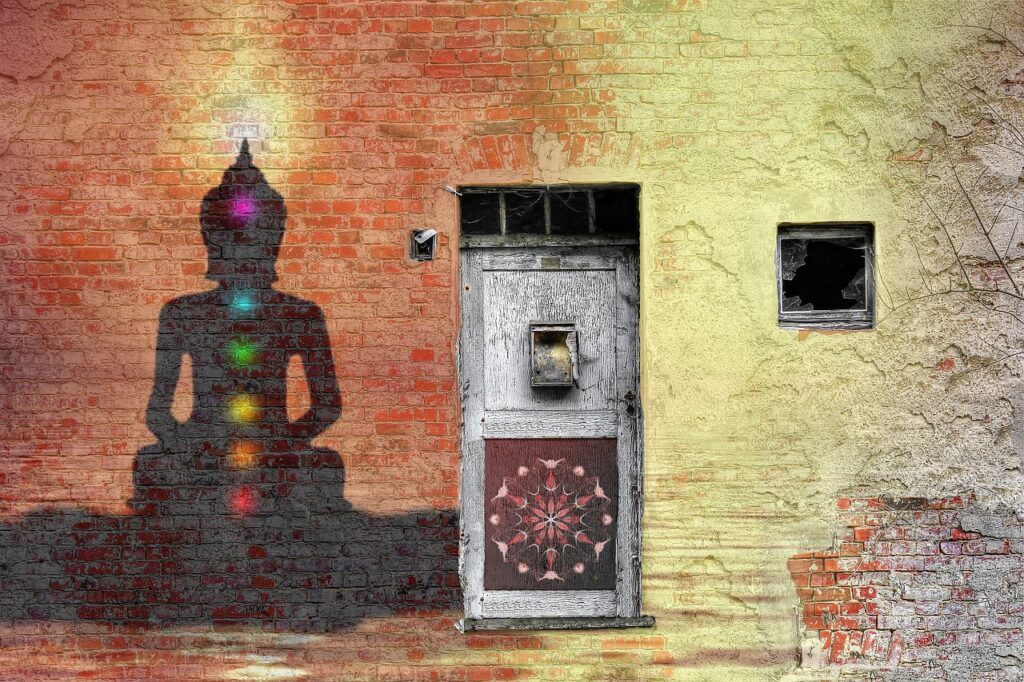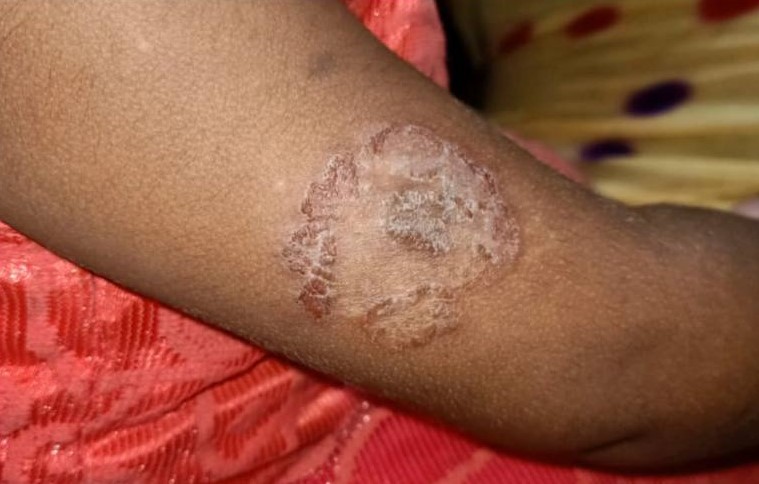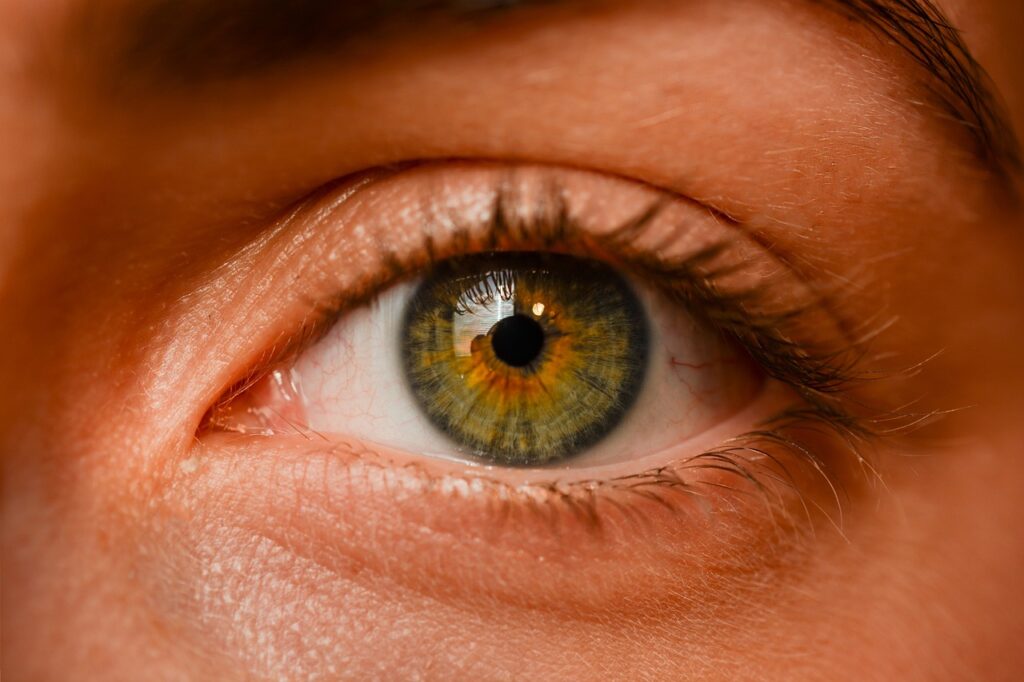Adharniye Vega – Non supressible Urges
Adharniye Vega, also known as Non-Suppressible Urges, is a term used in Ayurveda to describe certain bodily urges or reflexes that should not be suppressed. These urges are considered to be natural and essential for maintaining optimal health and well-being. According to Ayurveda, there are thirteen types of Adharniye Vega, which include the urge to defecate, urinate, sneeze, vomit, belch, yawn, cough, cry, pass gas, breathe deeply, eat, drink water, and have sexual intercourse. Suppressing these urges can lead to various health problems, including physical and mental imbalances. Ayurveda recommends that these urges should be allowed to occur naturally, and should not be forcibly suppressed unless there is a medical emergency. For example, if one feels the urge to defecate, it is important to use the bathroom immediately rather than holding it in, as this can lead to constipation, hemorrhoids, and other digestive problems. Similarly, suppressing the urge to sneeze or cough can lead to respiratory infections, while suppressing the urge to yawn can cause fatigue and drowsiness. Suppressing the urge to cry can lead to emotional imbalances, while suppressing the urge to have sexual intercourse can cause sexual dysfunction and other health problems. To address Adharniye Vega, Ayurveda suggests balancing the Vata dosha through diet, lifestyle, and herbal remedies. This may include avoiding foods that aggravate Vata, practicing stress-reducing techniques like meditation and yoga, and using herbs such as ashwagandha, brahmi, and shatavari to balance the dosha. It is important to note that while Ayurveda offers a holistic approach to addressing Adharniye Vega, it is not a substitute for medical advice. If you are experiencing uncontrolled urges or reflexes, it is important to consult with a healthcare professional to rule out any underlying medical conditions. Overall, Adharniye Vega is an important concept in Ayurveda that emphasizes the importance of allowing natural bodily urges and reflexes to occur without suppression. By following this principle, one can maintain optimal health and well-being in both the physical and emotional realms.
Adharniye Vega – Non supressible Urges Read More »



